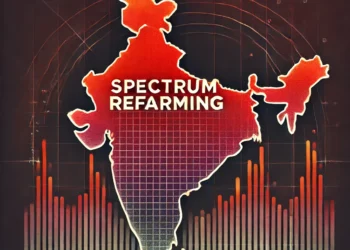Introduction
Possible 5G bands in India are 700 MHz, 3.5 GHz and 26 GHz. Out of which, 26 GHz band is the most important one. The reason – a) it enables very high 5G speeds as the band has a large quantum of spectrum (more than 3 GHz, which is 10 to 15 times more than 3.5 GHz); b) it enables us to fully unlock the potential of 5G technology (like beam steering and MIMO) since one can pack hundreds of antennas into the 5G device, which is not possible in lower frequency bands as the size of these antennas is directly proportional to wavelength (lower spectrum bands have large wavelengths). Hence, unless the 26 GHz band is opened up and assigned, India will not be able to leverage the real value that 5G technology brings on the table. But, the current DoS current stance will severely restrict the usage of this band for 5G and how it will is what I plan to explain in this note.
The Issues
DoS has or will have 3 types of usages in the 26 GHz band. Out of which 2 types are overlapping with portions of the band, and one is of nonoverlapping type, lying before the start of the 26 GHz band. The following picture explains.






